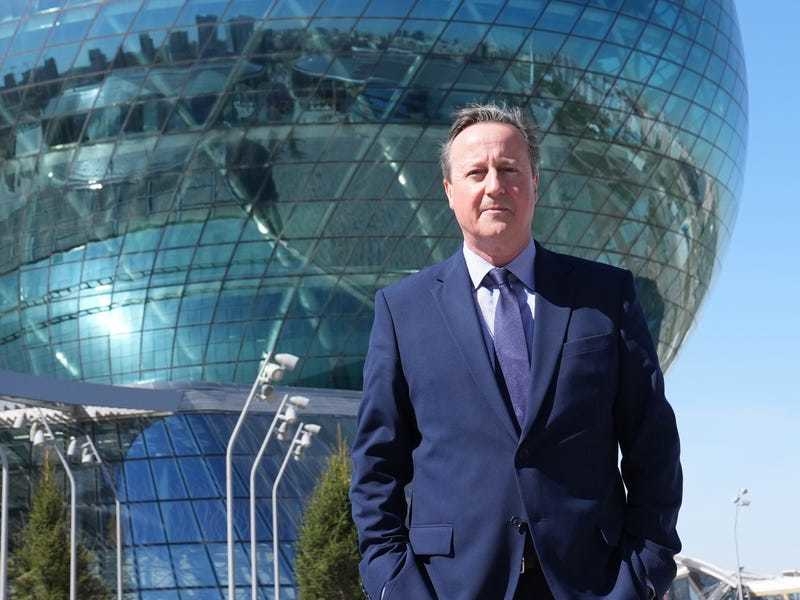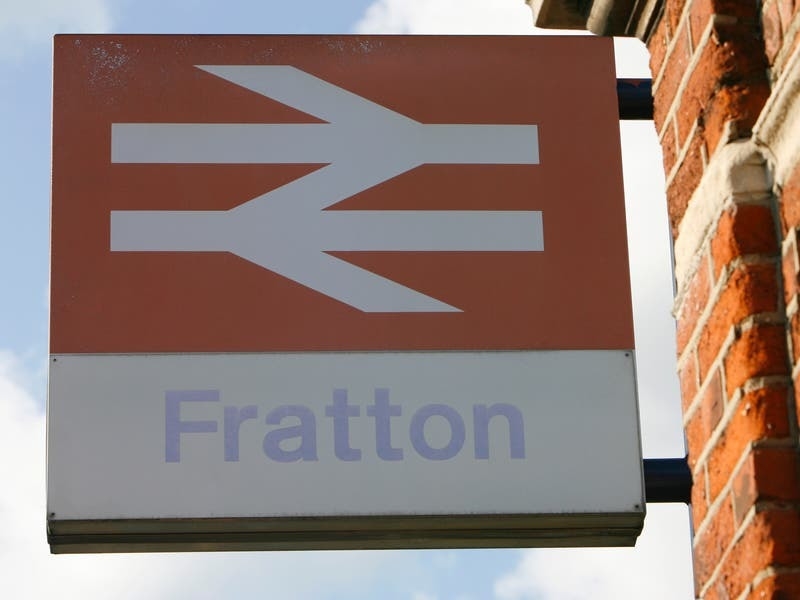LAST month’s forecast is finally coming to fruition: Jersey’s roadsides and hedgerows are rapidly taking on their seasonal bloom. New colours emerge with predictable punctuality to decorate the highways and byways of the Island, and every day, fresh foliage appears. The roundabouts are sporting a blaze of colour and even tree trunks and lampposts have vibrant new decoration.
Yes, it is run-up to election time, and that means that every one of the numerous candidates is determined to draw attention to their name and image with posters of varying degrees of loveliness attached to each and every available surface. From the moment the candidacies were announced, it was a race to get those pictures out, and with the crack of post-nomination dawn, hopefuls could be seen industriously posting their personal bills and planting blazing banners in every corner of every parish.
Who needs tourism pennants along Victoria Avenue when – if previous elections are anything to go by – we will shortly have flamboyant posters adorning every other street lamp?
The real shame is that after the barren winter months, the hedgerows, parks and gardens of Jersey are finally starting to bloom again, and in many places election paraphernalia really is overshadowing the true spring displays. Roundabouts in St Helier are the worst affected; Green Street has already turned from a splash of nature in urban surroundings into a hoarding hell, and Rouge Bouillon is not far behind.
The Parks & Gardens departments have done a phenomenal job so far this year, and their hard work has already resulted in some stunning displays. The golden wave of daffodils at the rear of the People’s Park was a joy to behold just a week ago, while the cherry blossom walk at the bottom of Westmount is now coming into its own, and worthy of a detour just to savour the sheer beauty of that spring display close up. The fragile blooms will be over all too soon, resulting in a shower of delicate confetti by Liberation Day, but while it is in flower, this often-overlooked passageway of pastel petals is exceptionally lovely.
Drive just around the corner and it is worth slowing down to admire the colourful beds in the Parade Gardens, also overflowing with vibrant seasonal blooms.
Actually, with the newly introduced speed limits, there is no need to slow down. Now that all traffic within the town ring road is limited to 20 miles an hour, there will be many more queues and far greater congestion, so the opportunities to sit in your car and admire the displays, while inhaling the inescapable aroma of traffic fumes, will be more plentiful than ever before.
I’m still trying to work out why these new limits – both in town and throughout the Island – have been introduced. If there had been a sudden increase in speed-related accidents it would make sense to slow down, but statistics show otherwise.
According to the Jersey Road Safety Action Plan 2017–2019, the most common cause of serious-injury accidents is carelessness, followed by bad road craft, excessive or inappropriate speed and drink-driving. Carelessness was shown to be far and away the most frequent culprit, accounting for 27% of those accidents, while both speed and pedestrian fault were surprisingly well matched, at 12.3% and 11.3% respectively. Serious road accidents hit their lowest level in 2005, which seems rather surprising when you consider that many Island roads had higher speed limits 13 years ago than they have today.
The Action Plan also shows that road users between the ages of 17 and 25 are three times more likely to be injured on Island roads than any other age group and motorcyclists are the most likely to incur serious injury.
So why is the main thrust of any movement to reduce accidents always simply to lower speed limits for all, rather than further education or speed restrictions for inexperienced drivers, or campaigns for better motorbike awareness?
A cynic may argue that it is because the motorist is an easy target, and fines from speed checks generate substantial revenue. Inappropriate speed may be dangerous, but slowing down the entire traffic network on roads that are already congested will ultimately lead to more impatient and frustrated drivers.
Previous speed reductions have done little to reduce the incidence of injury through collisions in the Island, so who knows if these will do any better.
Oh well; at least it gives us more time to read the banners, eyeball our election candidates and savour that floral finery.






